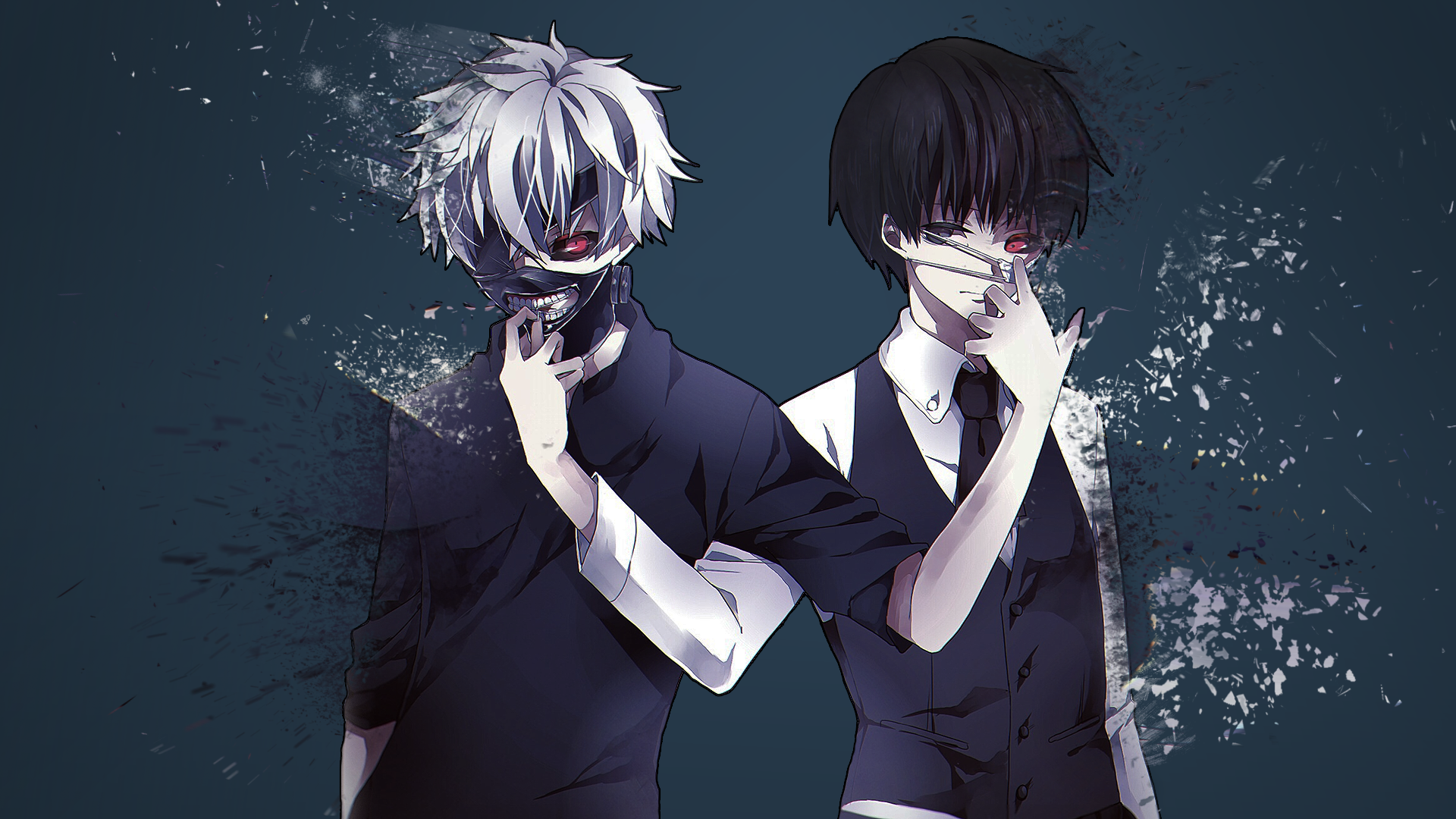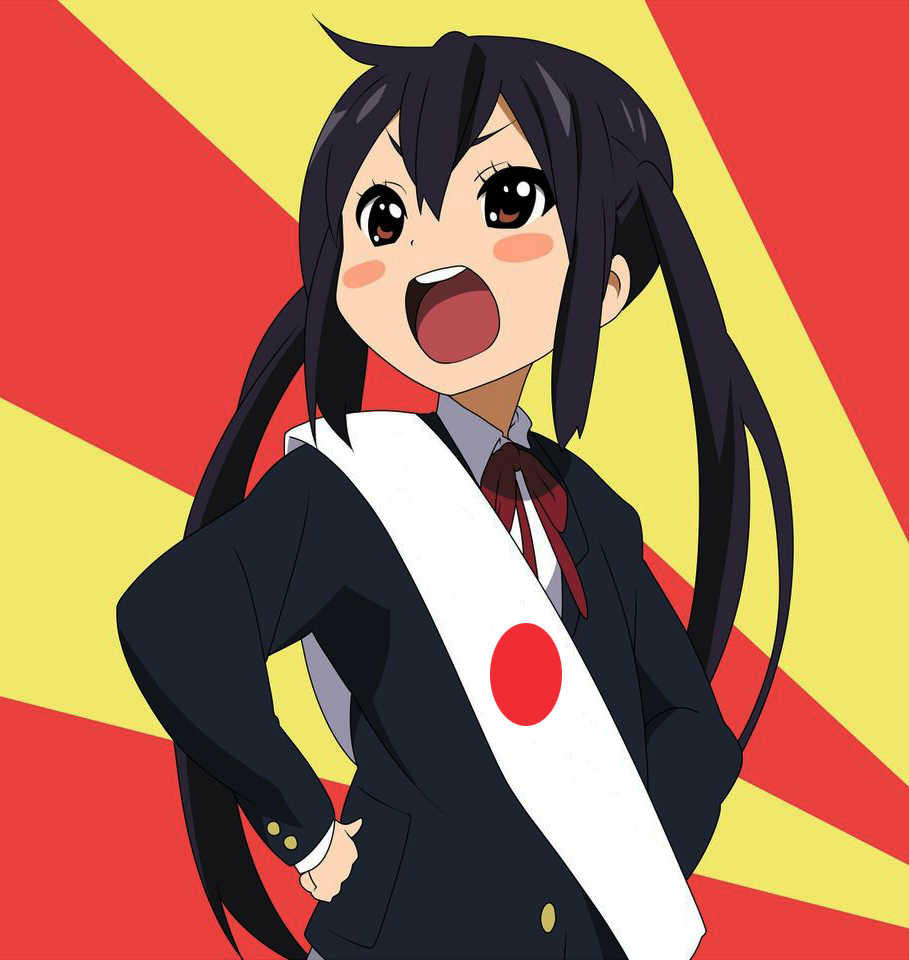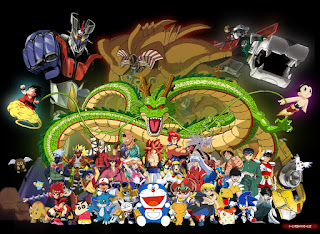Origin of the manga
The word manga (漫画) is made up of two kanji; man (informal) and ga (drawing). It literally translates into whimsical drawings or doodles. This term was coined to define the art that emerged from the union of the graphic style of traditional Japanese painting and Western-style comics.
Currently, the word manga is used in Japan to refer to "comics", in general. Outside of Japan, this word is used more specifically to refer to the Japanese style of drawing and storytelling.
The first engravings that show a glimpse of manga aesthetics, we find in the work Chōjugiga, made in the mid-13th century. They are a series of drawings with satirical charge representing animals. They are attributed to Toba no Sōjō, a character who lived in the 11th-12th centuries. Only some black and white specimens are preserved, however, a primitive representative line is seen in them that would later evolve into manga.
In the Edo period (1603-1868), the ukiyo-e art movement (traditional Japanese printmaking) developed. These graphic representations included narratives describing what was shown in them. They can be remotely compared to what would later become the manga genre.
The greatest exponent of this artistic movement is the painter Hokusai, famous for his world famous prints. In addition, the word manga was written by the creator in the title of his book, Hokusai Manga.
Manga in the 20th century
The cartoonist Rakuten Kitazawa, was the author of a comic called Tagosaku to Mokube no Tokyo Kenbutsu. His work (1902), is officially considered, as the first manga in history in shape and characteristics similar to current ones. In it, the story of two peasants who make a trip for sightseeing in Tokyo is narrated. How they are rural characters with little knowledge of the modern life of the big city, when they arrive, they behave dumb and catish. Manga and anime history - Tagosaku To Mokube No Tokio Kenbutsu
In the 20s and 30s of the 20th century, manga became popular, targeting children and young people of the time. It was at this time that they began to export outside of Japan for generic consumption as entertainment.
However, it was not until after the Second World War (1945), in the middle of the postwar period, that manga consumption became widespread and firmly established itself as an industry. At this time, Japan demanded the psychological need to look the other way for the suffering suffered years ago. This was an opportunity for the manga, since it covered this need, apart from the low cost of acquiring one in the serious economic situation of the moment.
Currently, manga is one of the most important industries in Japan, although in recent years there has been a notable decrease in the sale of copies in favor of anime, which is undergoing a considerable increase. Blame this change, it has to do with the change in the habits of the consumer society, since the immediacy and ease of the internet to see and consume entertainment is pursued. In this sense, anime has been favored to the detriment of manga, which generates a greater effort for those who want to read one.
The best-selling manga in history is One Piece (1997), with more than 406 million copies sold worldwide ... for now.
Origin of anime
In 1917, a series of animated short films were created in Japan, originally influenced by the aesthetics of the Disney factory. The first Japanese animation short film lasted two minutes and was called Namakura Gatana, created by Junichi Kouchi.
However, these short films did not yet represent, what we consider today as anime style. It was later, in the middle of the 20th century, when anime emerged as a style with its own seal of Japanese culture. It was a way of representing the screen adaptation of the manga style of storytelling. The word anime is simply a Japanese adaptation of the word "animation."
In the origins of anime, highlights the producer of animation film Studios Toei. His first production was released in May 1957, it was titled Koneko no rakugaki (Graffiti of a Kitten). It was a 13-minute short.
Since its creation in 1958, Toei studios have been pioneers in creation and innovation with a multitude of productions, although it was not until 1960 when it began to stand out for better quality works. This company influenced the genre decisively later, with productions such as Dragon Ball, Chihiro's Journey, Mazinger Z or Knights of the Zodiac among many others.
At this time, it is necessary to highlight the great influence of the creator Osamu Tezuka, considered by many as "the god of manga and anime", he was a key piece as creative for the industry, driving and remarkably shaping many of the characteristics that Today they define anime. He was the creator, for example, of the mythical series Tetsuwan Atomu, known in the west as Astroboy.
Importance of manga and anime for the Japanese economy
The economic and cultural benefits of the great propaganda of manga and anime for Japan and its culture make this industry a matter of vital importance to the country.
Japan as a powerhouse of audiovisual entertainment for years, has known how to influence society just as the US has done for years through the Hollywood showcase, transmitting its culture and opening itself more if possible to the world.
Since we were little, we have grown without knowing it, looking at Japanese culture with productions such as Mazinger Z, Dragon Ball, Ultraman, Gundam, Transformers, Pokemon, Doraemon, Akira or Totoro among many more. You could almost say that a part of our brain is Japanese, and very honored, of course. This makes me think that perhaps for this reason, this culture could awaken us so much attachment.
Japan is a country where you read a lot, and not just manga. The number of existing bookstores in Japanese cities is striking. The manga alone represents more than 23% of the entire turnover of the Japanese publishing industry. In proportion, more than 37.5% of everything published in the country is manga. At the end of the year there are approximately 11,000 novelties, a huge production that is added year after year to the market.

Japanese external tourism has increased remarkably in recent years, driven mainly by cultural tourism. Much of the blame for this increase is in the manga and anime. Many of the tourists visiting Japan are influenced by the Japanese audiovisual culture. Come to the land of the rising sun as a dream destination, motivated in many cases by their preferences in the world of audiovisual entertainment.

created by: Victoria Carvajal



